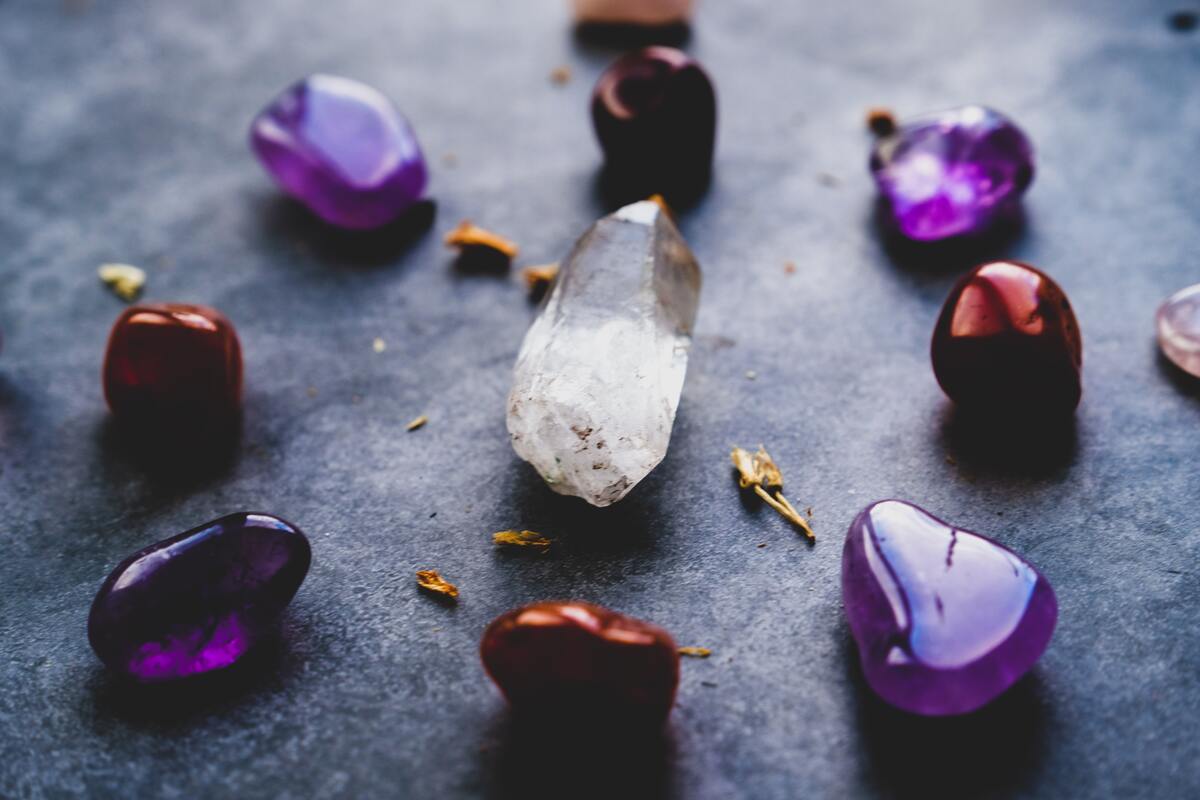When it comes to hand-dyed yarns, whether for needlepoint and cross-stitch or other types of sewing techniques, you’re going to need the right kind of yarn to really bring out the colors you want to put in. In general, most types of yarn will take on colors from dyes, albeit in varying shades and intensities. Of course, most synthetic fibers will have a hard time taking on color, but it can still have an effect.
Yes, you could use expensive fabrics, but hand-dyeing yarn is a great skill to learn for people who want to work with threads, as it teaches you how you can create your own unique colors and patterns that aren’t found anywhere else. Take note, however, that different yarns will absorb dyes differently, so it’s good to know which ones will work best for your intended project:
Animal Fiber-Based Yarns

In general, animal-fiber based yarns are the best choice for any hand-dyeing project. This is because the unique structure of the fibers molecules allows for maximum penetration by pigments within the dye. This unique molecular structure not only makes hand-dyeing easier, it also helps the color bind to the fiber longer, minimizing the chances of them washing out or fading.
Alpaca Fiber
One of the more exotic animal-based fibers, alpaca fiber is very similar to sheep’s wool. Like the name suggests, this fiber is harvested from the Alpaca, a wooly camelid native to South America. Unlike sheep’s wool, though, Alpaca fiber doesn’t contain lanolin, a type of wax that’s secreted from the sebaceous glands of wool-producing animals. This makes Alpaca wool warmer than sheep’s wool and, more importantly, makes it hypoallergenic (lanolin contains compounds that some people are allergic to).
Alpaca fiber is also a great option for people looking to make hand-dyed yarn, as the thread from this fiber holds color exceptionally well and exceptionally fast, thanks to the absence of the lanolin. However, Alpaca fibers produce much lighter colors than sheep’s wool because the surface of Alpaca fibers scatter light more efficiently than others. To get darker shades using this fiber, use a higher dye concentration than you normally would and leave it on for much longer than you usually would.
Cashmere
One of the most sought-after types of wool, cashmere wool is a type of yarn fiber that’s harvested from goats from the Kashmir region of Pakistan. It is the softest, lightest, and warmest amongst most types of wool, which also makes it one of the most expensive types of fabrics to work with. This is because cashmere goats only produce around 200 grams of cashmere fiber every time they’re sheared (in contrast, a typical sheep can produce around 3 kilograms a year), and are so delicate that extreme care must be taken whenever they’re processed. You’ll need to know how to sew with needle and thread, as machine-processing at home runs the risk of ruining the yarn.
While cashmere takes on color just as well as other wools, their innate delicateness means that hand dyeing this yarn isn’t recommended for beginners. Over-dyeing or over-processing it will destroy the fibers, and cashmere best responds to all-natural, no-chemical dyes (which can also be very expensive).
Plant Fiber-Based Yarns

Also known as cellulose fibers, plant fiber-based yarns are slightly more difficult to dye than animal-based fibers, specifically because plant fibers already contain a large amount of pigment. This means that, prior to further dyeing, the fibers either have to be stripped of their natural pigment, or your dyes will have to compliment the natural color of the fiber. Alternatively, you could also use plant-based or natural dyes to achieve the color you want.
Bamboo Fibers (Rayon)
In general, bamboo fibers are too short to be spun into threads, which is why manufacturers use bamboo bast fibers instead. The bast fiber, when processed with certain chemicals, is converted into rayon, a naturally-derived synthetic fiber. Bamboo or Rayon takes on dye fairly well, comparable almost to wool or cotton, and have been known to produce deeper, more brilliant colors; however, when you hand-dye rayon yarn, it’s best to use cold water fiber-reactive dyes, as the application of heat can affect the molecular composition of the rayon. Moreover, because rayon is made from bamboo, it’s a fairly sustainable yarn to work with, and has a smaller impact on the environment as compared to other yarns (it’s also vegan-friendly).
Cotton
It’s one of the easiest and most popular sources of thread, yarn, and cloth, and is the choice material for most textile manufacturing processes specifically because it is easy-to-use and easily accessible. In general, there are dozens of species of cotton, but the most commonly used types for home sewers are these three types of cotton:
- Egyptian Cotton: the finest type of cotton, this plant-based fiber has longer molecules, thus making it softer than other types of cotton.
- American cotton: the most common type of cotton, American cotton is also the prime choice for hand dyeing, as its porous fibers means it takes on color much better than other cellulose-based yarn.
- Pima cotton: a combination of both Egyptian and American cotton.
How to Make Hand-Dyed Yarn

In general, hand-dyed yarn follows the same format as hand-dyed fabric: soak your fabric in water, add dye, wait, and in a matter of a few minutes, your fabric will take on the color you want.
- Place your skein of yarn in a dish pan and cover it with cool water and around 3 tablespoons of white vinegar. Allow the yarn to sit in the water and vinegar mixture for at least 30 minutes or until the entire skein is saturated in the mix.
- Cover your work surface with plastic wrap so as not to get any dye on it. Measure out half a teaspoon of dye and mix with half a cup of warm water and a tablespoon of white vinegar. The vinegar in the dye and in the fiber will help the pigment stick.
- Once the yarn is saturated, take it out of the pan and squeeze out as much water as you can until the yarn is damp but not soaking. Lay it down flat on your work surface, making sure that as much of the thread is visible.
- Apply your dye onto the fiber, making sure to massage it into every nook and cranny of the skein.
- When the entire skein is the color you want, wrap it in plastic wrap and put it in the microwave. Set your microwave on low and heat it for 4 minutes. After 4 minutes, cool completely.
- Take your yarn out and place it back into your dish pan and cover again with cold water and a little bit of dish soap (note: do NOT use hot water as this might felt the fiber).
- Wash the entire skein without agitating the fibers too much. Wash the yarn until the water in the dish pan runs clear. Dry it out completely and use in your next sewing project!




